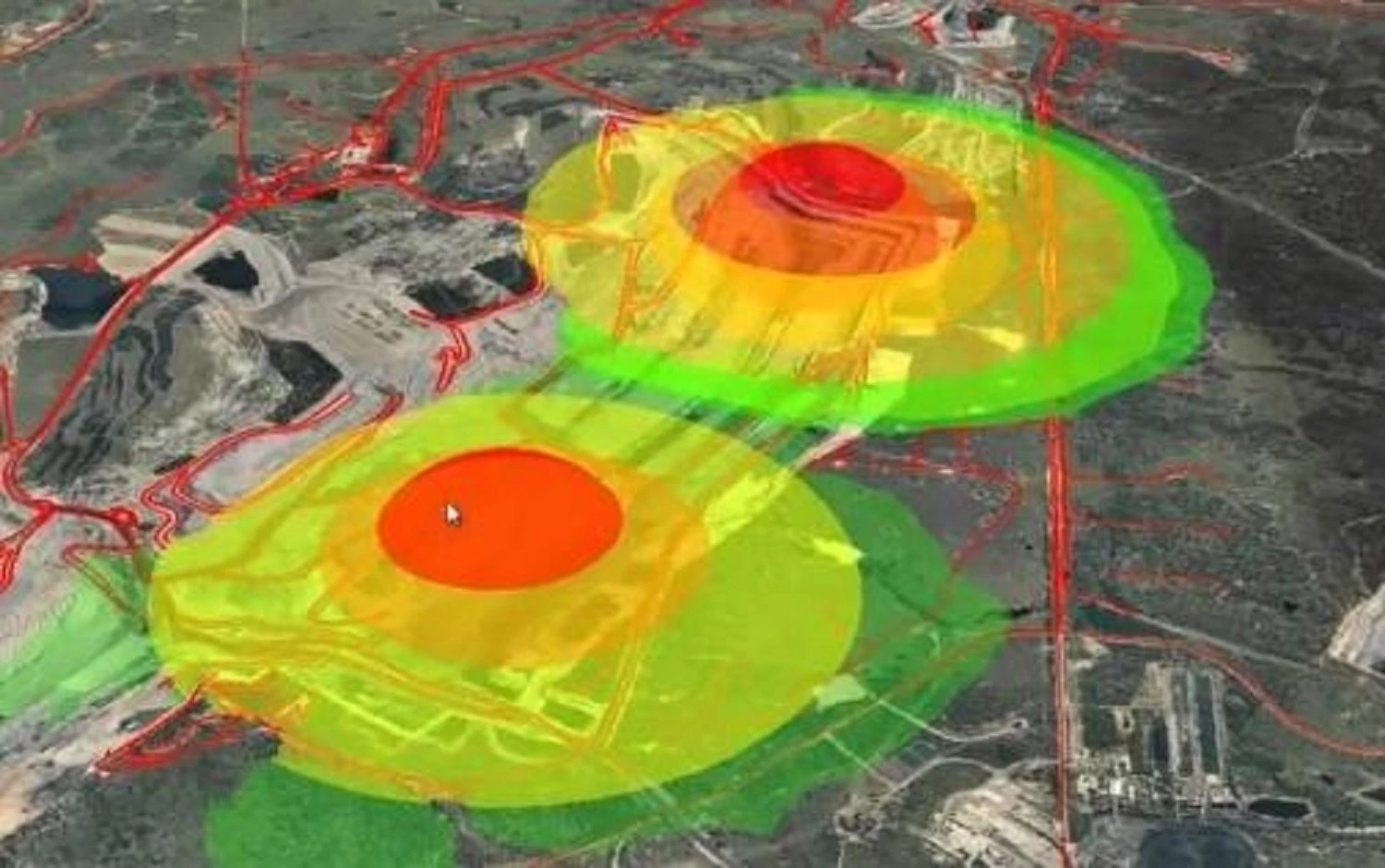How Modern Mining Technology is Making Mining Better

Mining is one of the oldest industries in human existence. Mining methods in the past utilized crude stone tools to dig with and even dug mine shafts by hand. Over time, the use of fire instead of picks and hammers for clearing tunnels facilitated the mining industry's rapid expansion, allowing workers to reach deeper depths in much less time. To accomplish this, they stacked logs on the side of a rock and lit them on fire. The rocks gradually weakened from the heat of the burning pile and broke.
Explosive black powder was first used by medieval miners to break up massive boulders; this was later superseded by dynamite, marking a major technological leap in the mining industry. Motorized lifts, steam-powered pumps, and drills were only some of the 19th-century innovations that aided the mining business.
However, improvements in materials and construction methods have resulted in more robust and effective machinery. Modern mining technology and equipment come with diagnostic systems meant to predict failures, which boosts output, safety margins, and environmental friendliness by preventing unexpected downtime.
The most cutting-edge mining methods developments in mining techniques to a decisive move toward more environmentally friendly practices. In order to meet the rising demand for mined minerals and go above and beyond consumer expectations and global environmental goals, digital technology works harder than ever to deliver a genuinely modern, safe, and productive mine.
Recent technological advancements in the mining sector include:
Spatial Data Visualization
Thanks to spatial (or geospatial) data, the modern mining processes is undergoing an exciting transformation. The quality and clarity of spatial data is improving rapidly:
In order for the human brain to comprehend and relate to intricately interconnected difficulties, three-dimensional (3D) modeling generates a visible, life-like impression with depth perception. The mining techniques may be rethought in 3D, helping businesses in the process.
The term "virtual reality" (VR) refers to a software-based simulation that is based on real-world data. The virtual world transports users to a custom-built 3D setting. Miners may get a better feel for what it's like to operate in a mine or develop a new mine without really having to go underground thanks to virtual reality technology.
When using Augmented Reality (AR), a computer-generated image is superimposed on a live-action setting. This is made possible via augmented reality, which enriches the user's visual field with inputs created by a computer. These inputs may include video, audio, programs, or graphics. Augmented reality is used in the mining industry to help train workers with virtual simulators, which also helps to lower the cost of equipment repairs.
The mining sector can get insights into mine systems at a lower cost and with less environmental impact by making efficient use of modern mining technology like spatial data. As time goes on, the mining industry will reach a point where it is able to virtually construct and demolish buildings, plants, mines, and all associated infrastructure prior to digging ground on a fully intelligent mine.
Geographic Information Systems (GIS)
For a more in-depth examination of how geographical connections shape our world, geographic information systems (GIS) are an indispensable tool. Using GIS, the Nickel manufacturer can find practical answers to problems where factors like accessibility and location matter much.
The location, size, and shape of an object are all described by geospatial data. Visualizing this data helps miners better understand the system or mining environment being portrayed. GIS is used to gain insights into mineral exploration, geochemical and hydrology data, report generation, facility and tailings management, and sustainability and regulatory compliance
To better understand mining over the long term and train mine managers and workers in new ways, geospatial data software is increasingly being used in today's mining operations.
Artificial Intelligence (AI)
In today's data-driven businesses, AI has assumed the role of chief decision maker. Smart data and machine learning are used to enhance modern mining processes, mining safety, production efficiency, and operational effectiveness. With the help of AI, routine data collection may be completed in one-half the time it used to take.
Machine learning and artificial intelligence affect the decisions that mines make in the future due to the industry's continuous evolution. Some of the ways in which cutting-edge artificial intelligence technology affects operational mines are listed below.
High-performance AI technology simplifies mineral processing and exploration for the Nickel manufacturer.
Drilling companies have been using autonomous vehicles for their pit-to-pit operations for over eight years now. With the help of AI, even the narrowest tunnels are no problem for self-driving trucks. Now, a single operator may manage multiple drill rigs at simultaneously, thereby streamlining the drilling system.
That's progress toward the goal of maximum productivity in the business world. Using modern mining technology like AI helps to assure safety and reliability for both miners and the land that is used by mines, which is important as the mining sector strives to lower costs and lessen its environmental effect.
Robotic Drones
Drones, also known as unmanned aerial systems (UAS), have made strides in the mining business in recent years. Unmanned Aircraft Systems (UAS) may now achieve the same objectives as a helicopter at a cheaper cost. When drones are programmed to carry out specific operational tasks, they contribute to the economy by offering the following advantages:
Security and monitoring of potentially dangerous locations
Taking care of possessions
Stop-motion animation
Tracking the quantity of items in storage
Maintaining and inspecting existing infrastructure
Site Mapping
Hallmark Mining Corporation is a Nickel manufacturer and mining interest in the Philippines with a commitment to sustainable and responsible mining; it looks towards leveraging available technologies to maximize output with the least possible impact. For more information visit our website.